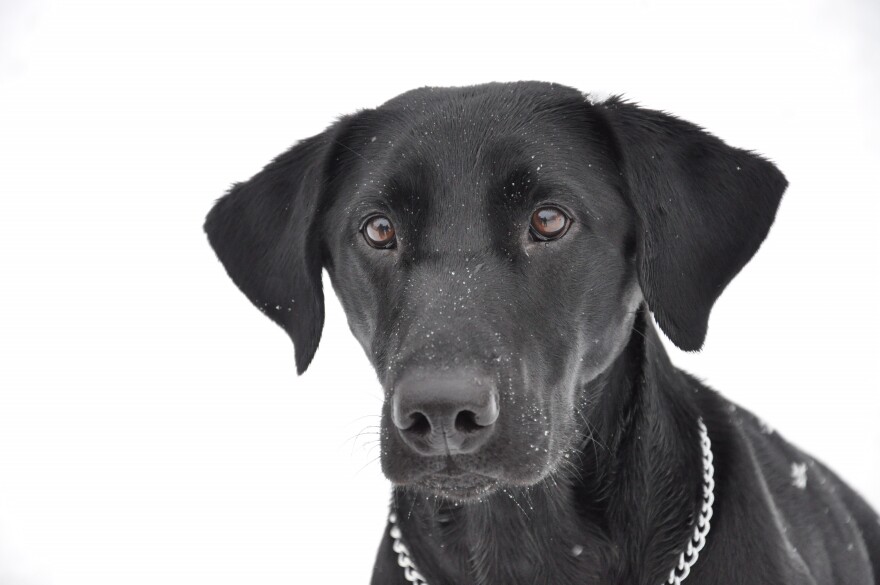Pittsburgh-area law enforcement agencies are equipping K-9 handlers with naloxone as reports of dangerous opioid overdoses continue to sweep the Midwest.
Allegheny County Police Officer Steve Dawkins said dangerous situations are in his 4-year-old partner's job description.
"The traffickers, the drug dealers, they don't care," he said. "So it's incumbent upon us to take care of ourselves and our fellow officers. You just have to be vigilant and look out for each other."

His black lab Solo has been on the force for a little more than three years. Dawkins started carrying naloxone on Solo's behalf in 2016.
Symptoms of opioid exposure in dogs, as with humans, include sedation, pinpoint pupils, vomiting, stumbling and a slow respiratory rate, said Martha Smith-Blackmore, a veterinarian and adjunct professor at Tufts University.
No police dogs have overdosed in Pennsylvania, but Dawkins said he sometimes walks through crime scenes suspected to contain narcotics without his dog anyway, just in case a substance is obvious and in view.
Just one whiff of fentanyl, a powerful painkiller often mixed with street heroin but 50 times more potent, could kill Solo. The far more lethal carfentanil, the elephant tranquilizer responsible for hundreds of deaths in Ohio, could take them both down.
Dawkins said if he can spot something himself, he spares Solo any danger.
"But sometimes you can't see it," he said. "You always run that risk."

Part of it goes back to training, said Pennsylvania State Police spokesman Ryan Tarkowski. The agency's 20 dogs are trained to give passive alerts -- sitting, instead of clawing or biting at a substance. They notify their handlers and back away from what they've found, he said.
State police are partnering with trainers at Penn Vets in Philadelphia to learn how to spot warning signs in their partners so they know when and how to properly administer the drug. Tarkowski said he's not sure how long it will take to equip every handler with naloxone, but it is a priority.
"Just like their human counterparts, the opioids -- fentanyl [and] carfentinl are very dangerous to the dogs," he said. "It's just another tool to keep our K-9 partners safe."
Three police dogs in Florida were rushed to an animal hospital last year when they ingested fentanyl.
Massachusetts State Police started carrying naloxone for their K-9s in March. Police in Hartford, Conn., started in January.
"Our officers wanted it for their dogs' safety," said Chief Brian Foley of the Hartford Police Department. "They love their dogs like family and they want to protect them. They know they're putting them in the line of serious risk of overdose."
Just like people, dogs can require multiple doses of naloxone to reverse an overdose, Smith-Blackmore said.
The Pittsburgh Bureau of Police did not respond to requests for comment.
90.5 WESA reporter Maria Scapellato and the Associated Press contributed to this report.




